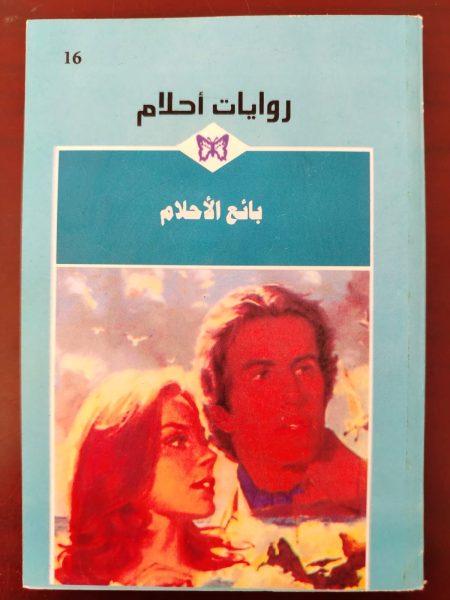Additional information
| book-author | |
|---|---|
| Year | 2003 |
2,13 د.ا Original price was: 2,13 د.ا.1,42 د.اCurrent price is: 1,42 د.ا.
These are romantic stories translated into Arabic, written by a distinguished and creative group of the most famous international writers, who poured out their creative ink in the field of romantic novels that aim to talk about stories of love, betrayal and loyalty… giving and altruism… loyalty and injustice… tenderness and cruelty… hatred and love without limits… human feelings in all ages and times.
| book-author | |
|---|---|
| Year | 2003 |

Reviews
There are no reviews yet.